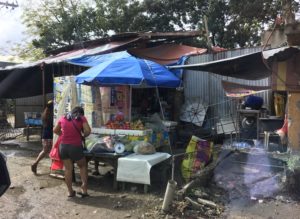 Home
Home
Pandemic Politics?
As the world moves on and countries such as the UK attempt to ‘live with COVID-19’ there may be a collective urge to forget. Other priorities emerge and all the talk of recovery and of better preparedness fades into the background. A group of local CSO members discussed their perspectives on what has been learnt, and what has not, a little over a year after they produced the report ‘turning the world upside down‘ in the midst of the crisis. You can read their discussion and conclusions here


